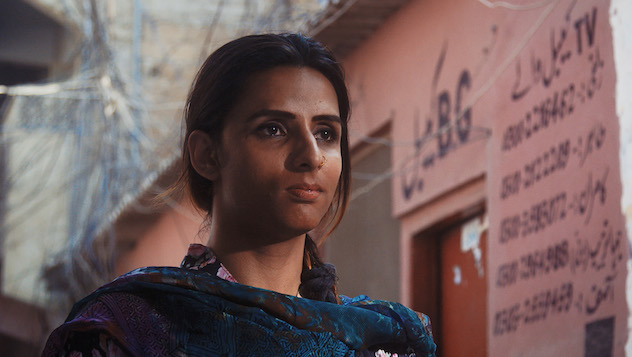On Sep. 8, Naomi Osaka became the first Japanese-born player to win a tennis Grand Slam when she defeated her role model, the legendary Serena Williams, in straight sets at the U.S. Open. What clearly should have been a most triumphant moment in Osaka’s life quickly turned into an emotional nightmare, as a wild sequence of events, starting with controversial calls from the chair umpire, led to charges of sexism. It continued into one of the strangest trophy ceremonies ever, with both Osaka and Williams in tears under a cascade of boos from the crowd; and then the losing player consoling the victorious one, who even apologized to the New York audience for winning.
And even after all that Osaka, who at 20 years old is the youngest player in the world’s top 20, should have been heralded as the future of the sport. The focus should have been on her. Instead, a flood of pieces defending Serena came out. And a bizarre tug of war broke out online over Osaka’s identity. Is she Japanese? Haitian? American? Now that she was a winner everybody was trying to claim her. Team Osaka-is-Japanese pointed to her use of Japanese in her social media posts, her humbleness even in victory, her bowing on the court, her reverence to Serena even amidst the mess, and her love of “Pokemon” and manga. And that her biggest sponsors are Nissin and Nissan. Team Osaka-is-Haitian pointed out that she’d told a reporter at the Australian Open that she is also Haitian when he mentioned her being Japanese. And that her family lived with her Haitian grandparents in Long Island when they moved to the U.S. from Japan. Team Osaka-is-American pointed out she’d moved to the U.S. when she was 3 and now lives in Florida and holds a U.S. passport. (She holds a Japanese passport as well.)
And it’s because of all this, her unique cultural upbringing, that she leaves so many of us confused — even when she isn’t. Most of us are more focused on what Osaka represents than on who Osaka is. Even when she answers questions about her identity, people are left unsatisfied. “I grew up surrounded by both Haitian and Japanese culture,” she’s said in the past. She’s also said: “I don’t necessarily feel like I’m American. I wouldn’t know what that feels like.”
Of course, most of us can relate to that. We know exactly what someone is implying when they ask us: “Where are you from?” Because we don’t fit their idea of what an American person looks like we will always be asked this, no matter if we were born in America, even if we’ve never been to Asia.
What do we see when we look at Osaka’s Japanese face and her Haitian skin and her mixed hair? And what does that say about us? By just being herself she’s challenging much more than just her opponents across the net. She’s challenging our perceptions of identity. Are we who others say we are? Where we were born? Where we were raised? How we were raised? Where our parents are from? What we look like? What we identify with? The answers to those questions are too simple, too rigid.
Osaka is asked constantly about her identity. Every time she is respectful even when she’s clearly frustrated and maybe even confused about our obsession with it. Because to her, her identity is simply who she is all the time — not about choosing, but about being. She gets to exist in a place that most of us will never experience. And that bothers us. We are used to people choosing or people being chosen as one thing. Obama, while half-white, is considered the first black POTUS. Tiger, while half-Thai, is considered a black golfer. It’s easier that way. It’s easier to understand, it’s easier to explain, it’s an easier story to tell and to sell.
And instead of accepting Osaka’s experience and her choice to claim who she feels she is, we’d rather pick the parts of her that appeal to us the most. As much as we claim to embrace diversity, we still can’t wrap our heads around actual diversity within. Most of us are more than just one thing. We are the sum of our pasts and presents. And if we don’t stop our identity war games with the likes of Osaka, in which the winner gets to celebrate only a part of her, we will all fail to celebrate the true greatness that is all of her. Because when she’s on the court whipping her 100 miles-per-hour forehands and her powerful serves that she slams with laser-like intensity, we are witnessing the whole Naomi Osaka. So when she says, “I’m just me,” it’s on us to accept her as her and celebrate all the Japanese, Haitian and American parts that make her who she is.
This article appears in KORE’s October 2018 issue. Subscribe here.







